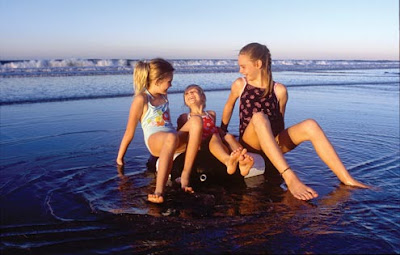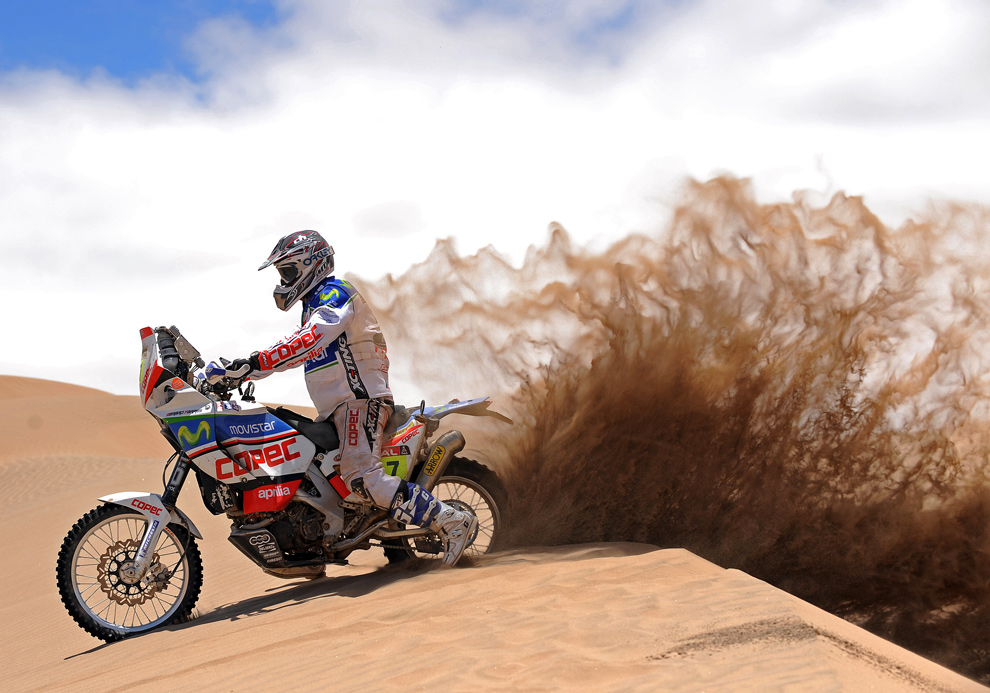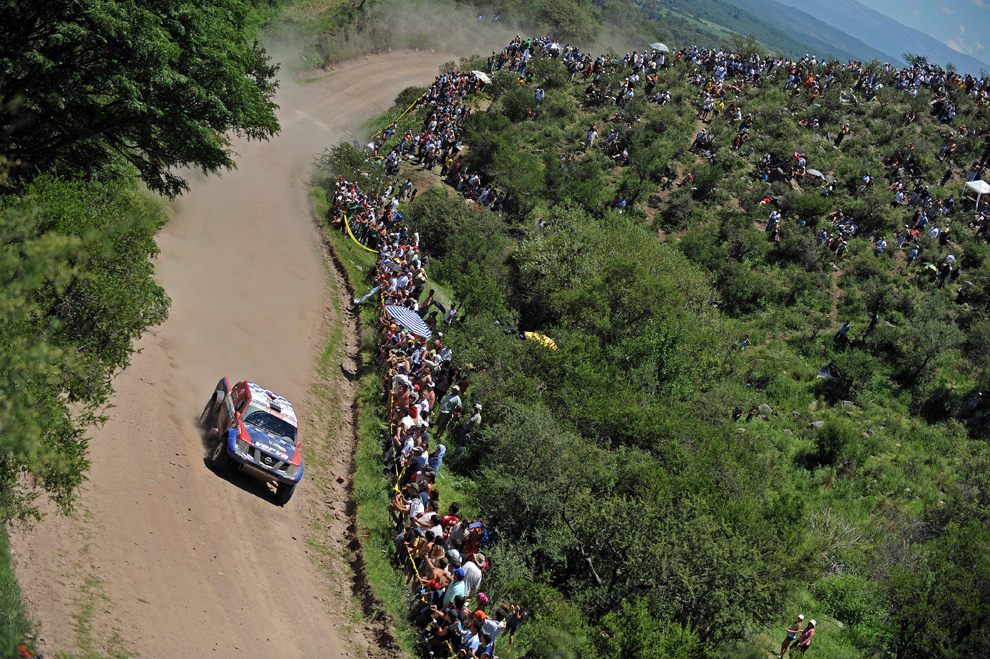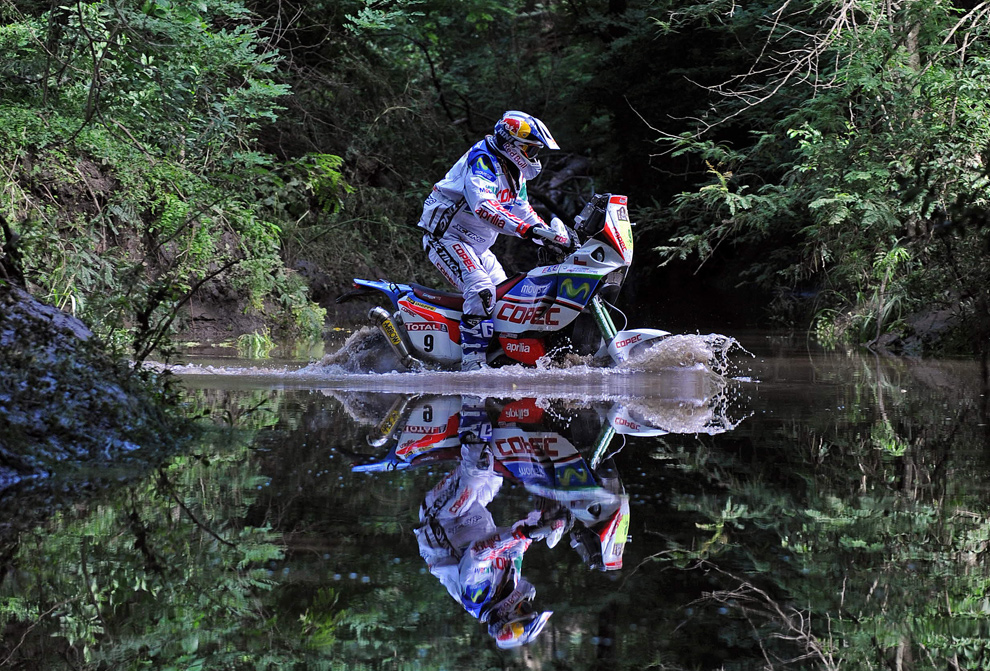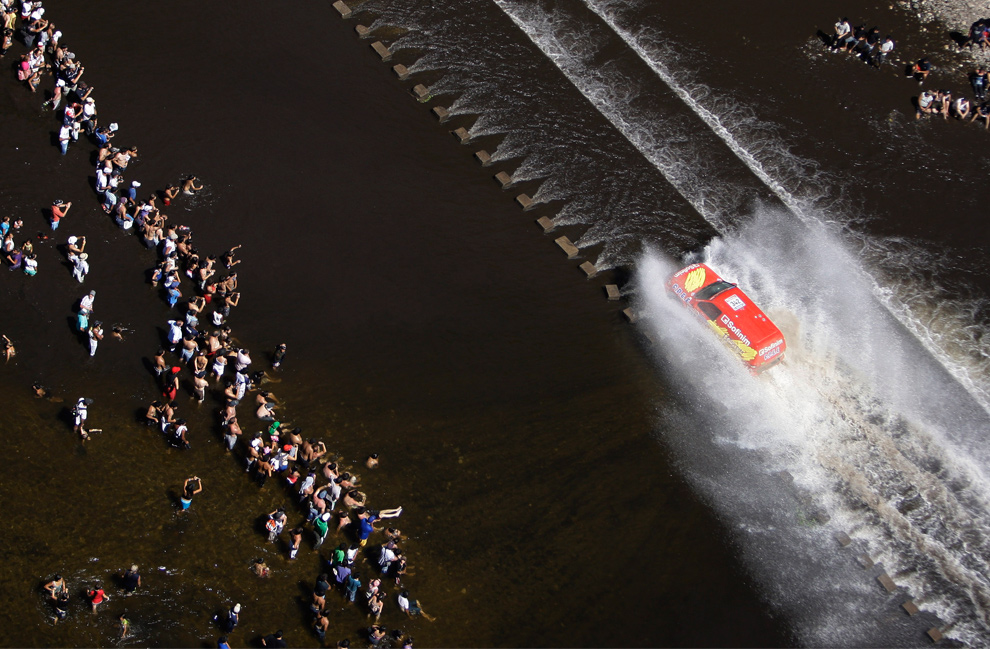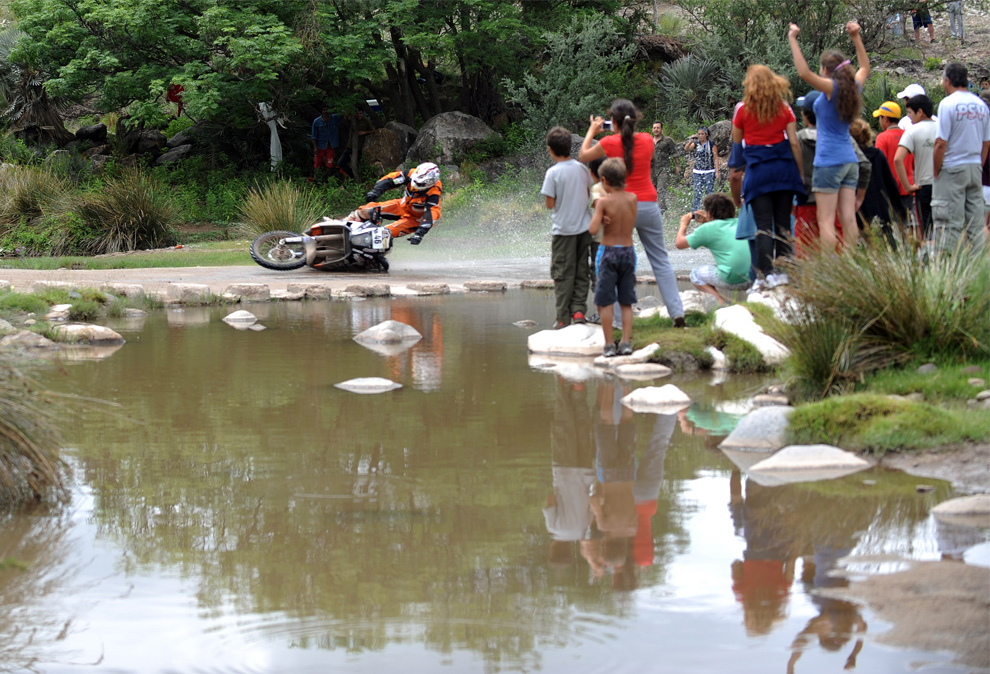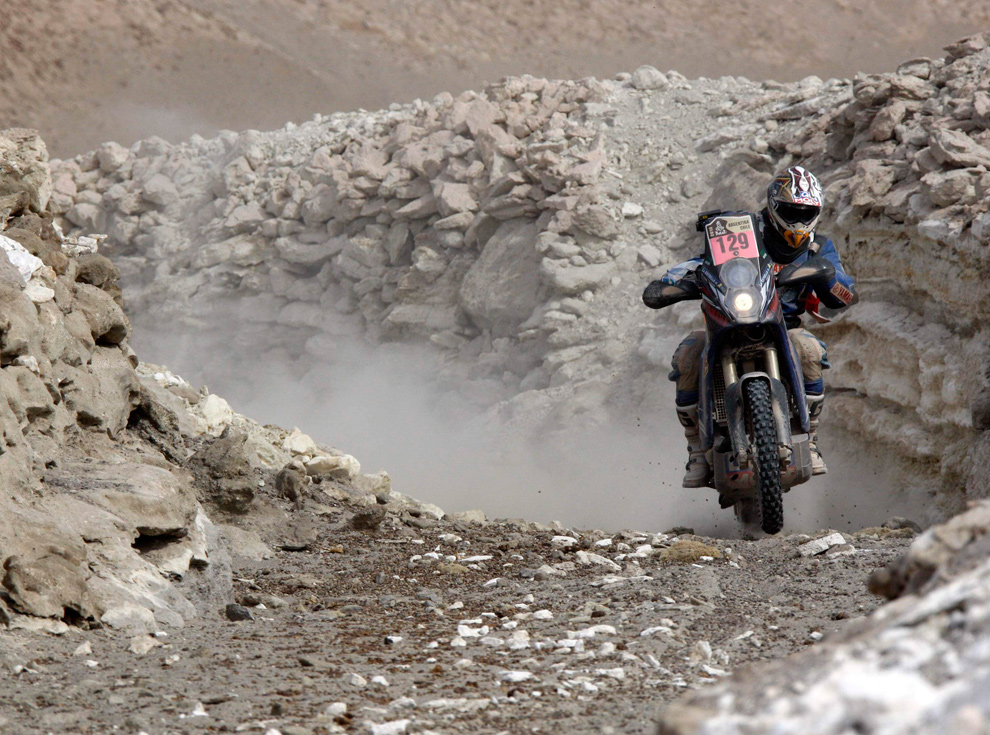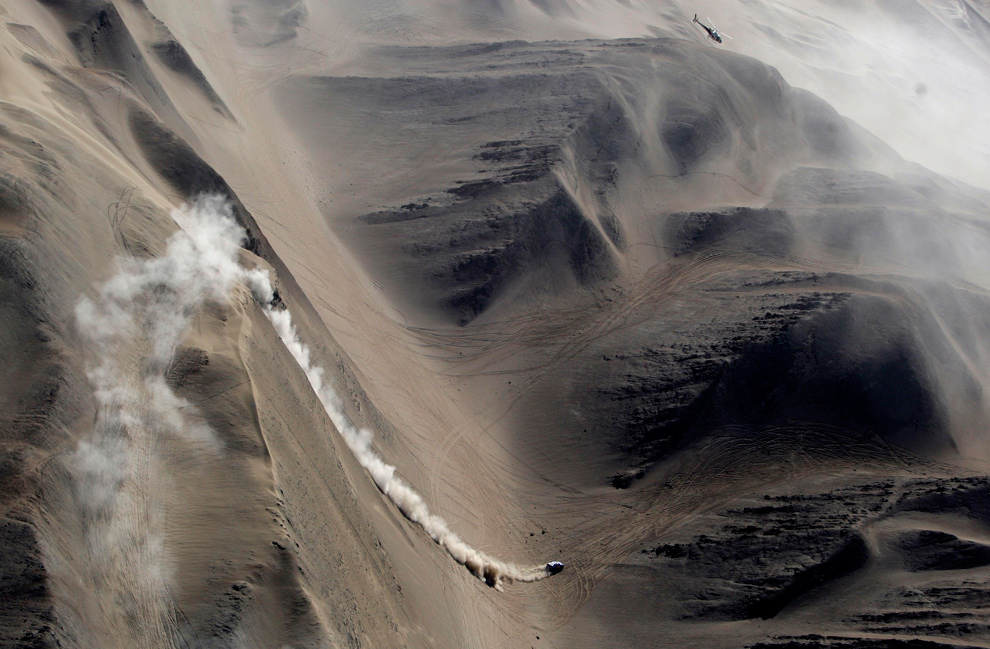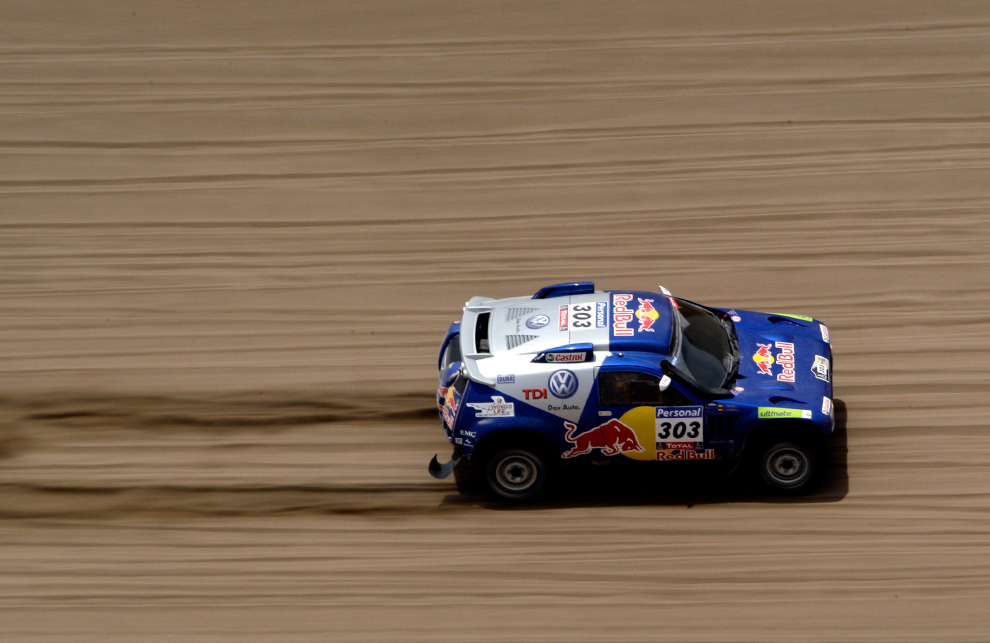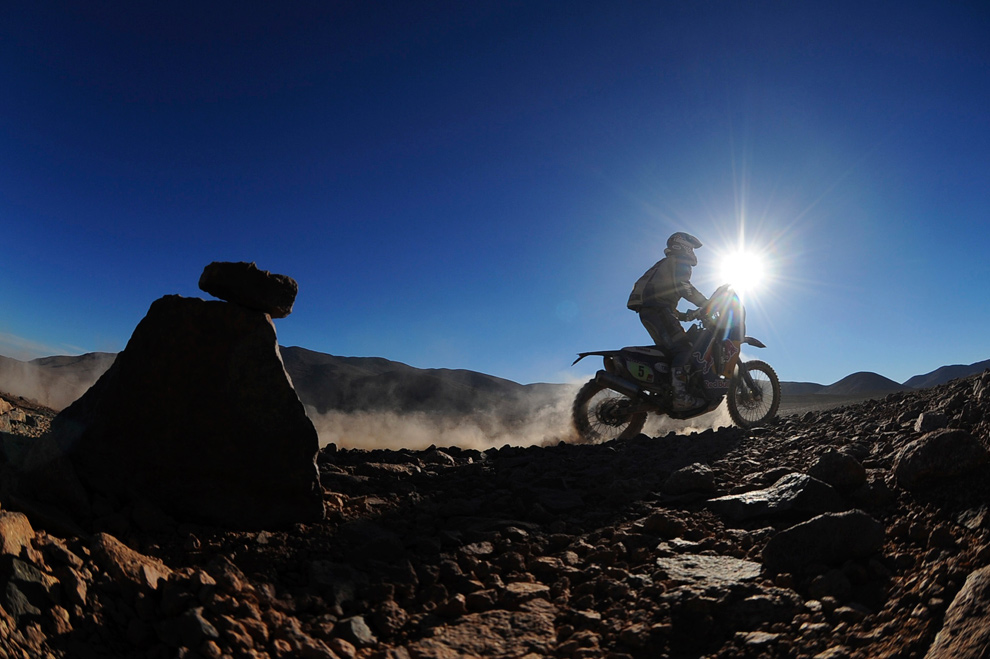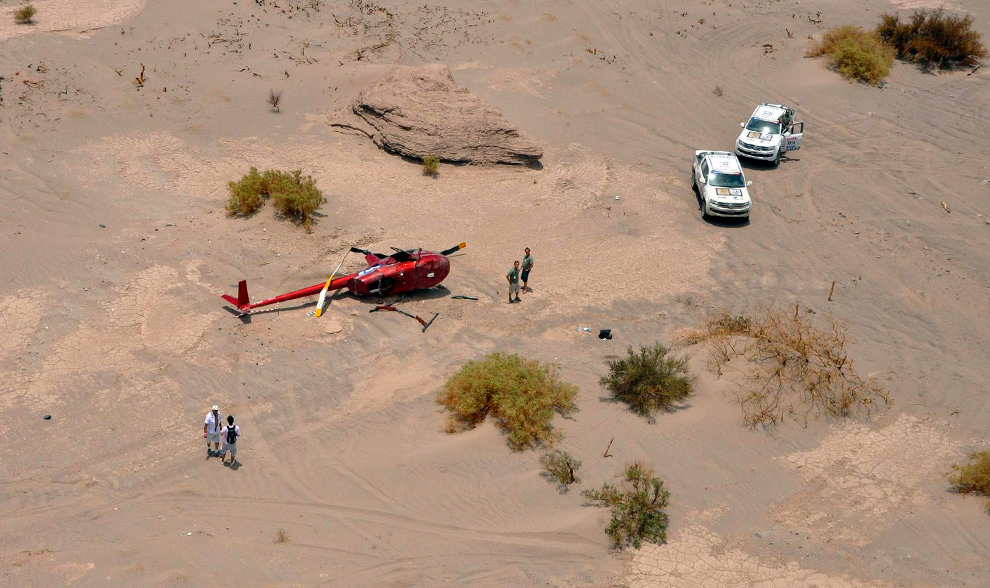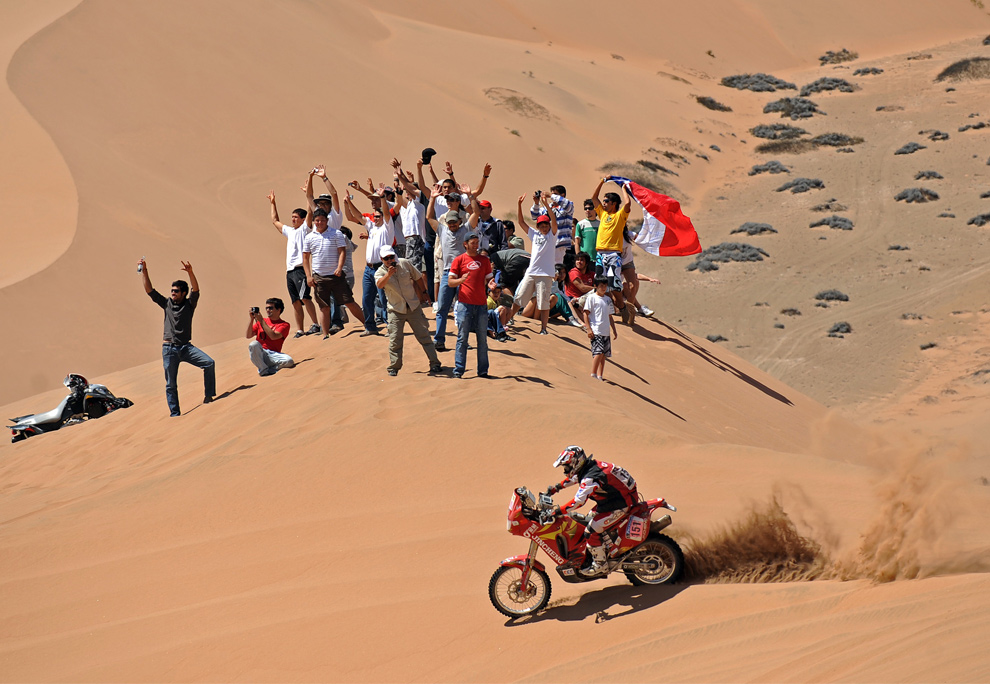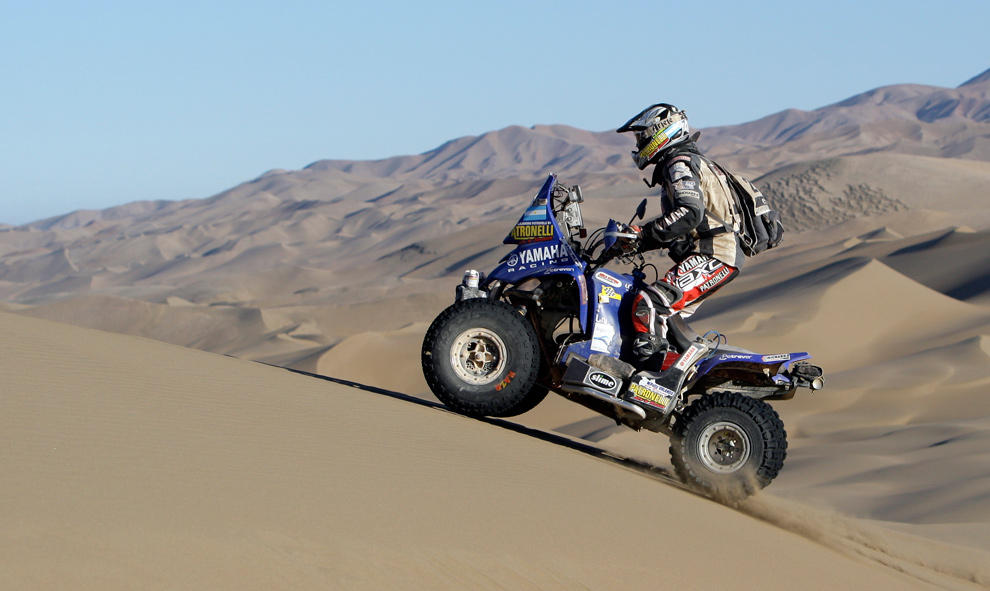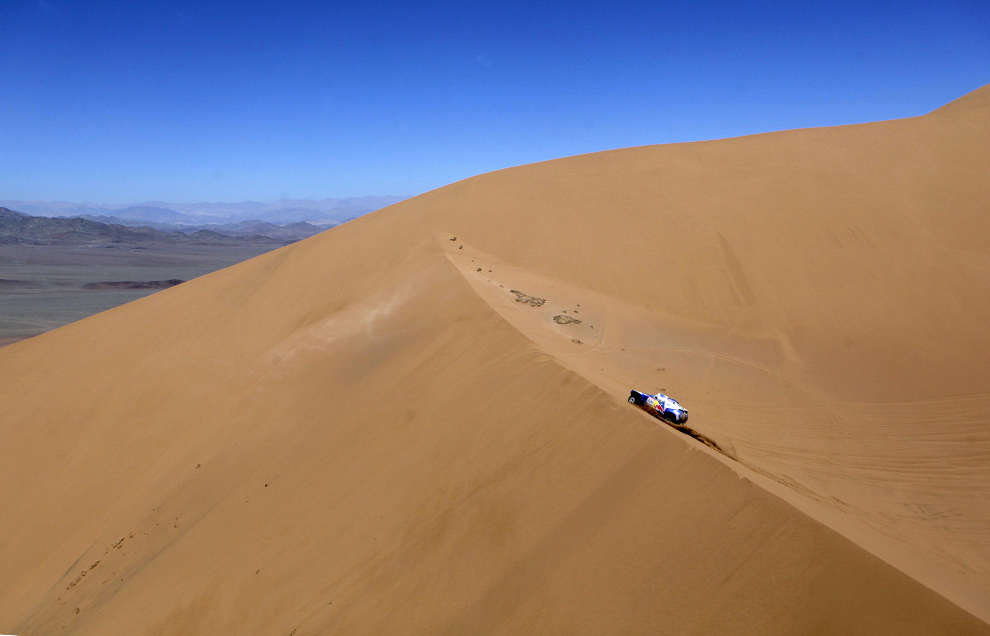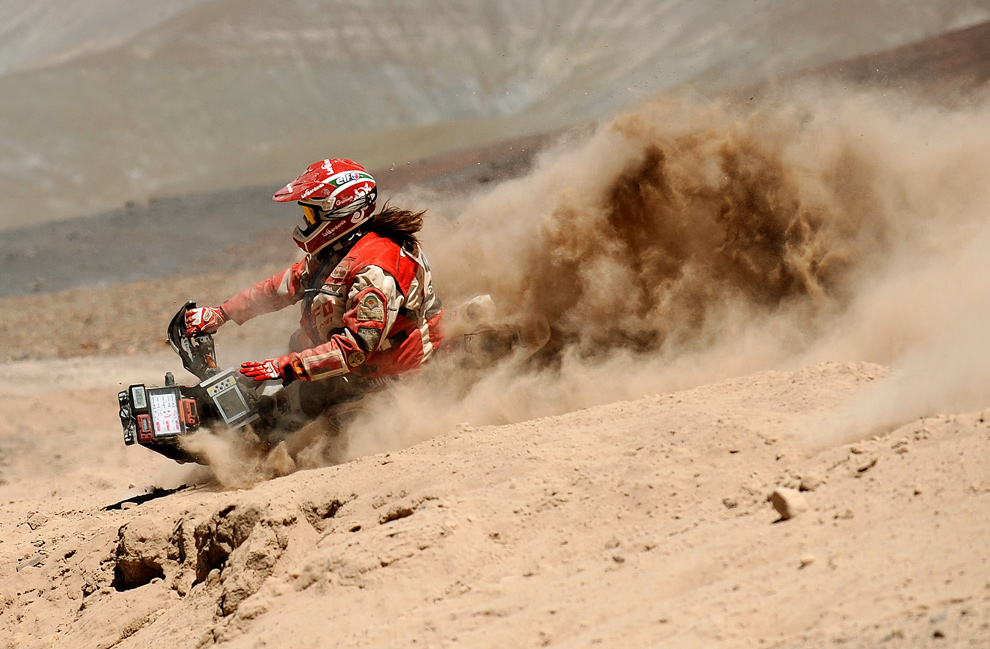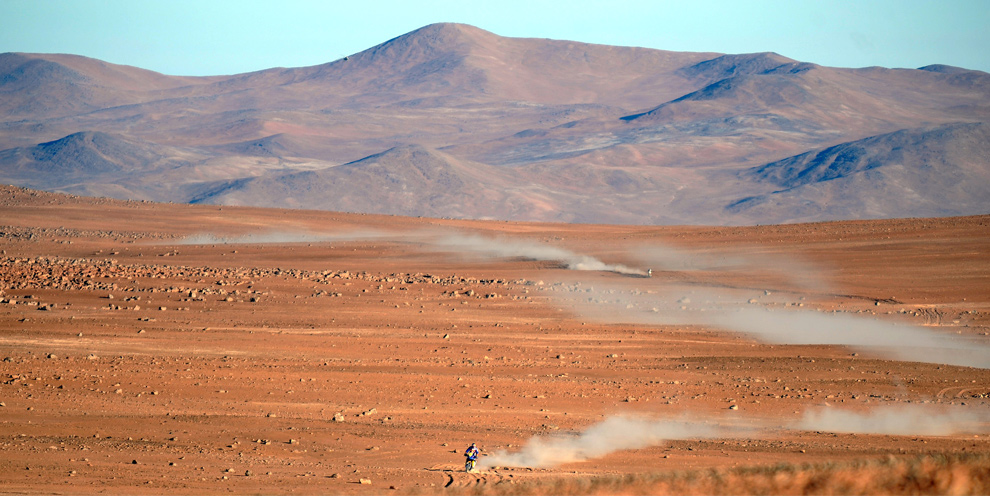Travelling in Canada
Each year, over one million visitors come to Canada to explore this vast land. From cosmopolitan cities to majestic mountain ranges, Canada's landscape is as diverse as its people. Travel, whether abroad or in one's own country, is a richly rewarding experience, but there are always potential health risks. Visitors who travel to Canada are wise to consider a number of health tips before embarking on their journey.
The Great Outdoors
For the outdoor enthusiast, Canada is a veritable playground. Home to countless lakes and forests, Canada is the ideal destination for adventure seekers. To ensure that illness does not spoil your vacation, be aware of the environmental factors. The weather in Canada can vary greatly from province to province, thereby necessitating that you pack weather-appropriate clothing. To ensure that you are prepared for Canada's extremes in climate, be sure to research the area that you will be visiting. Failing to dress accordingly may result in your health being compromised. In the summer months, be sure to protect yourself from a variety of bugs with insect repellant. Most of them are a mere annoyance, but a bite from an infected mosquito can have potentially dangerous effects.
Air Quality & Sunshine
Canada's urban centers offer some of the finest cultural events in North America, and much like all large cities throughout the world, Canadian cities can be subject to periodic reduced air quality due to traffic and industry. For those travellers who are prone to respiratory problems, it is smart to equip yourself with any necessary medications before leaving home. In addition, seasonal allergens, such as pollen and ragweed are prevalent in most Canadian cities and can inhibit your ability to enjoy the outdoors. During the summertime, Canadian cities offer an impressive lineup of festivals and other special events, but you can be easily deprived of their enjoyment if you do not protect yourself from the sun. The UV index in the summer months can be very high and travellers can experience the ill effects of over-exposure to the sun's rays.
Medical Emergencies
Health tips are helpful but they do not guarantee that you will stay in optimal good health while travelling. The best way to safeguard yourself from costly medical bills is to have valid health insurance. If you are a visitor to Canada from another country, sickness can leave you with a heavy financial burden. Before leaving your own country, be sure to purchase health insurance that will cover you in the event of a medical emergency.
Provincial Coverage?
If you are a resident of Canada and are visiting another province, be aware that your provincial health plan will not cover all medical expenses incurred out of province. For example, citizens of Ontario will find that OHIP does not provide for ambulance costs and accidental dental expenses incurred in another province. A little research will inform you of the omissions in your provincial health coverage. If you do not feel that your provincial health care is adequate, it may be wise to purchase supplemental health insurance before your trip.
There is much beauty to explore and experience in Canada, so make sure that you enjoy your trip to the utmost by safeguarding your health! John Mangiante




